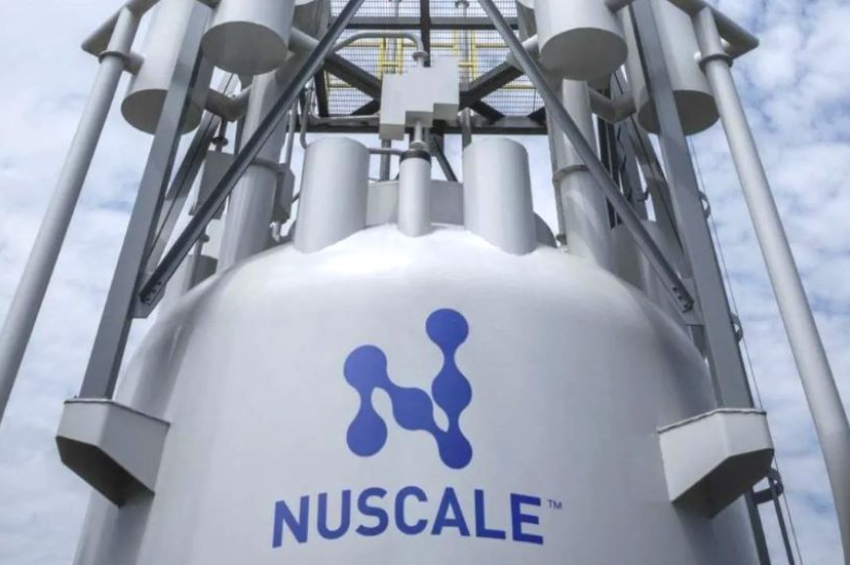World's first nuclear-powered hydrogen simulator became operational in the U.S.
In a major step toward redefining the future of clean energy, NuScale Power Corporation, in partnership with GSE Solutions, has launched the world’s first real-time hydrogen production simulator powered by a Small Modular Reactor (SMR).
Housed at NuScale’s headquarters in Corvallis, Oregon, the simulator is designed to replicate full-scale hydrogen production — exceeding 200 metric tons per day — using high-temperature steam electrolysis driven by nuclear power.
More to read:
Oklo, Switch sign strategic 20-year agreement on small modular reactors
The system integrates GSE’s advanced JTopmeret and JLogic platforms and is anchored by Reversible Solid Oxide Fuel Cells (RSOFCs), an innovative technology capable of simultaneously producing electricity, hydrogen, and clean water.
This multi-output capability positions NuScale’s SMR platform as a versatile tool for tackling industrial decarbonization, water scarcity, and the production of clean fuels.
More to read:
A German startup designs first-ever twisty-looking fusion reactor
Unlike many research models, the simulator operates in real time, replicating the complete thermal and chemical interactions between SMRs and hydrogen production systems. Beyond validating the technology, the platform is designed to support workforce development by serving as a training tool for both academic and industrial partners.
NuScale plans to expand access to the simulator, helping to train the next generation of operators for integrated nuclear-hydrogen facilities.
More to read:
Massive document leak exposes Russia’s giant nuclear modernization effort
Historically, green hydrogen has relied on intermittent renewable energy sources like solar and wind. However, NuScale’s SMRs offer a consistent thermal and electrical output ideal for powering the stable, high-temperature electrolysis processes needed to produce hydrogen efficiently and reliably.
A single NuScale Power Module could produce approximately 567,800 metric meters (625,500 tons) of clean water per day via reverse osmosis — enough to supply 2.3 million people when deployed in a 12-module configuration — while also generating electricity for 400,000 homes.
PUBLICITATE:







